Trifluoroacetic Acid Market Summary
As per Market Research Future analysis, the Trifluoroacetic Acid Market Size was estimated at 0.35 USD Billion in 2024. The Trifluoroacetic Acid industry is projected to grow from USD 0.3663 Billion in 2025 to USD 0.5778 Billion by 2035, exhibiting a compound annual growth rate (CAGR) of 4.66% during the forecast period 2025 - 2035
Key Market Trends & Highlights
The Trifluoroacetic Acid Market is experiencing robust growth driven by diverse applications and regional dynamics.
- The pharmaceutical sector is witnessing a rising demand for Trifluoroacetic Acid Market, particularly in North America, which remains the largest market.
- Sustainability initiatives are influencing production methods, with a notable shift towards environmentally friendly practices in the Asia-Pacific region.
- The Above 99.5% purity segment dominates the market, while the Others segment is emerging as the fastest-growing category.
- Key market drivers include the increasing use of Trifluoroacetic Acid Market in chemical synthesis and the growth in research and development activities, particularly in agrochemicals.
Market Size & Forecast
| 2024 Market Size | 0.35 (USD Billion) |
| 2035 Market Size | 0.5778 (USD Billion) |
| CAGR (2025 - 2035) | 4.66% |
Major Players
Merck KGaA (DE), Sigma-Aldrich (US), Tanfac Industries Limited (IN), Hubei Nanjin Chemical Industry Co., Ltd. (CN), Hubei Jusheng Technology Co., Ltd. (CN), Hunan Deli Chemical Co., Ltd. (CN), Kanto Chemical Co., Inc. (JP), Fujifilm Wako Pure Chemical Corporation (JP)
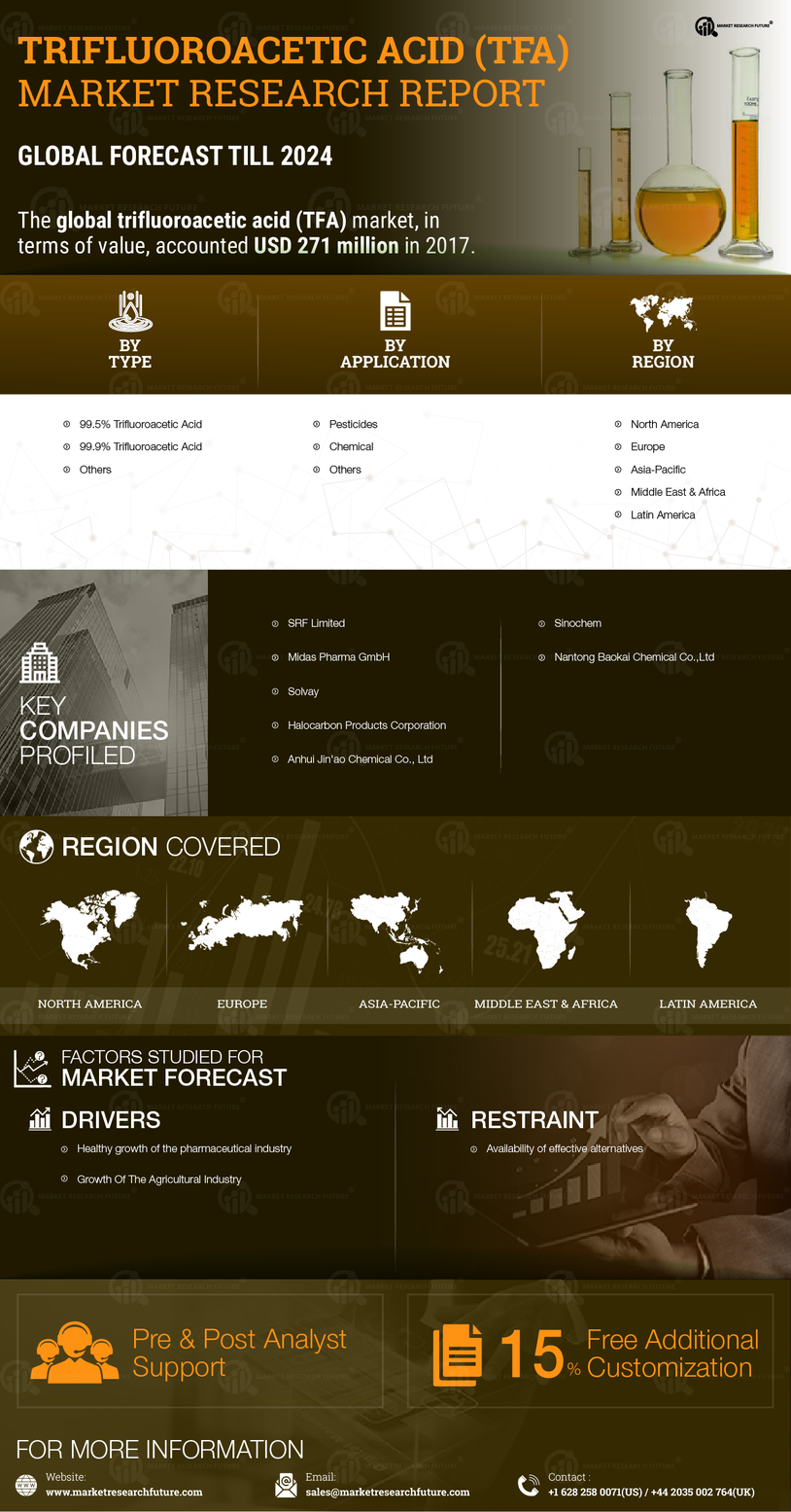


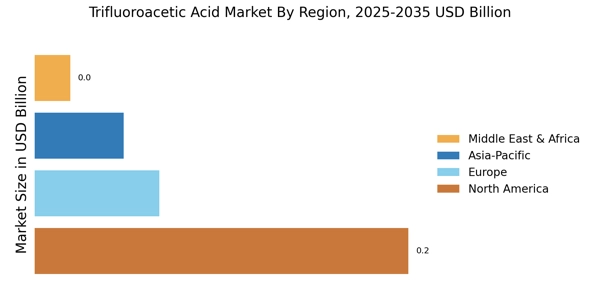
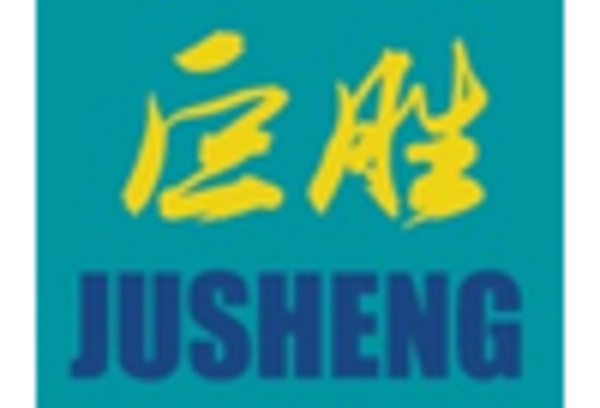
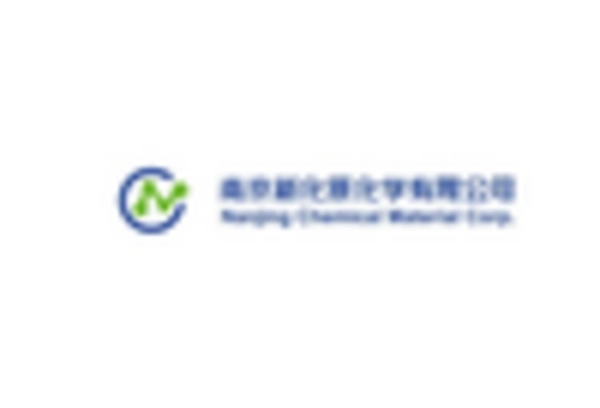



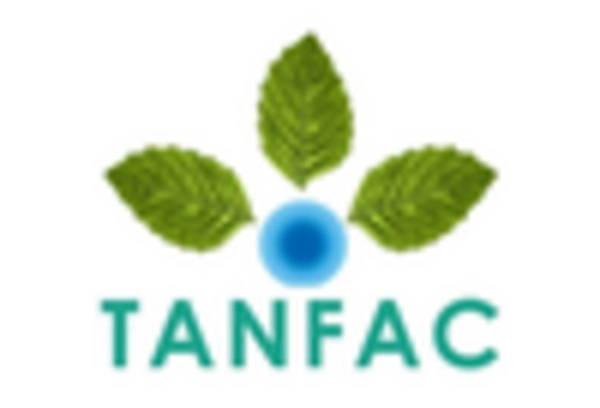








Leave a Comment